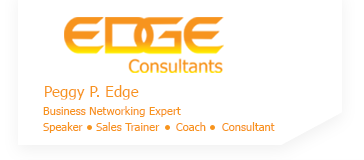Networking – Dale Carnegie style
August 25th, 2014 by admin
Dale Carnegie was the consummate networker. He wrote “How to Win Friends and Influence People” in 1936! His teachings are still as relevant today as they were when originally written.
Here are 3 excerpts from his book that we can apply when attending your next networking event:
- “Become genuinely interested in other people.” The moral here is to drop the “what’s in it for me” attitude. When you engage others and ask them about what they do, why there are there or simply welcome them as a guest, you show that you care about them.
- “Smile.” You certainly cannot win many friends if you always go around with a frown on your face.
- “Be a good listener. Encourage others to talk about themselves.” Many times at networking functions, I see folks spending all of their time talking about themselves and trying to establish their place whereas if they would be a sponge and soak up what other people have to say, they would be much more effective in making an impression.
Dale Carnegie was a genius at teaching folks how to be winners in all aspects of life. His writings are still very applicable today as they were almost 80 years ago.
Source: http://en.wikipedia.org/wiki/How_to_Win_Friends_and_Influence_People
Peggy P. Edge (c) 2014




